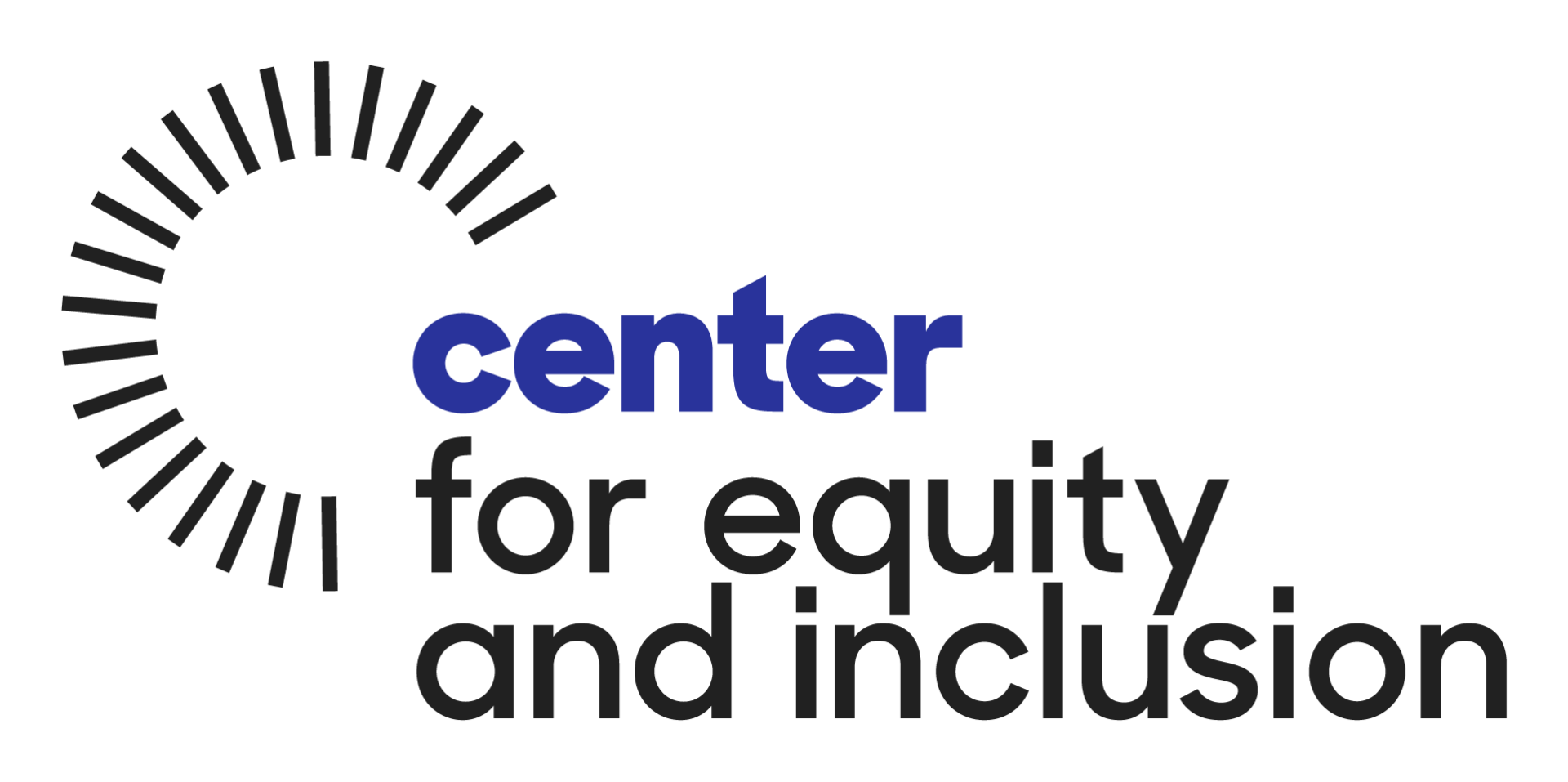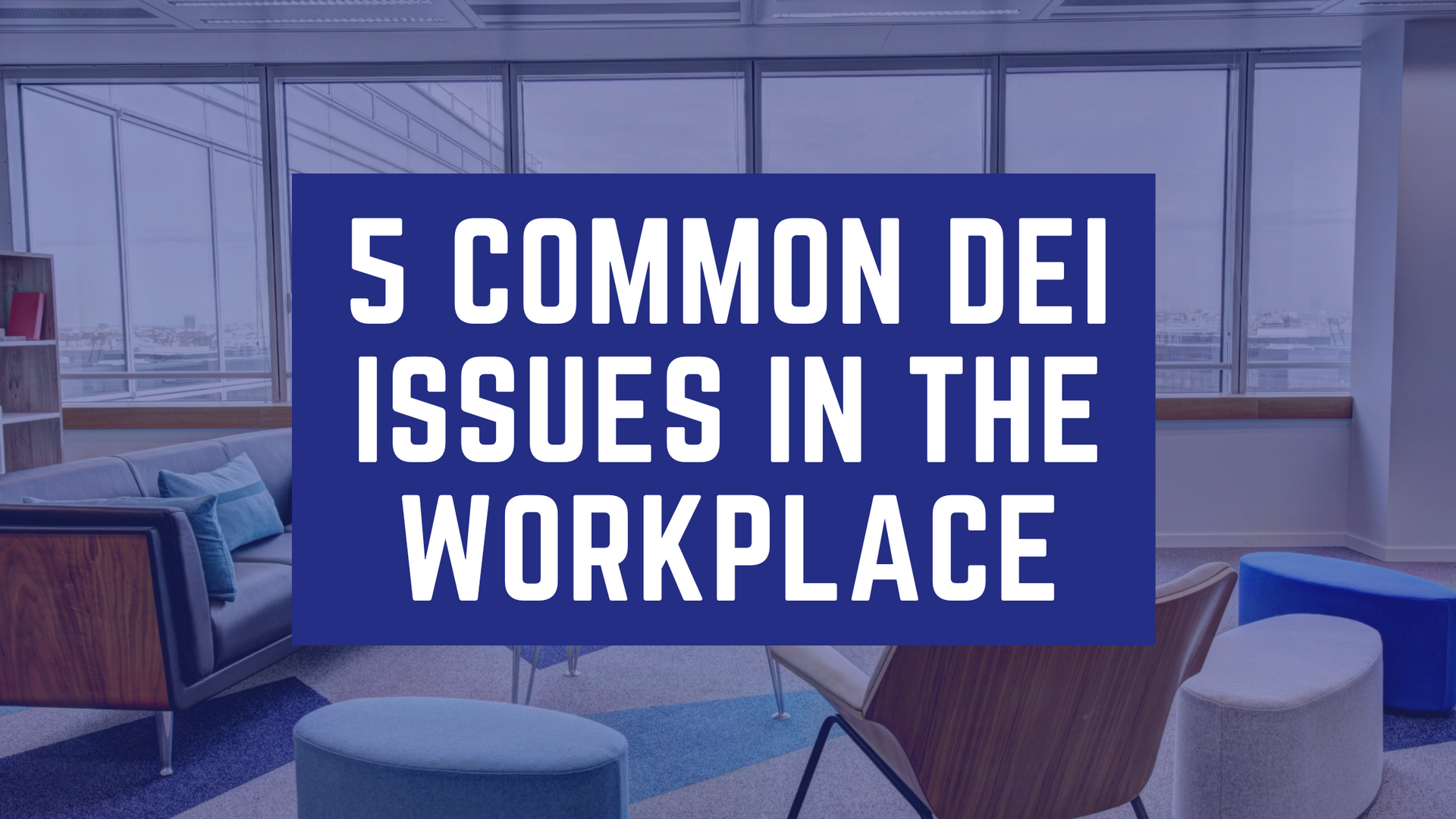By Kevin Wright
Why Conduct a DEI Survey?
A Diversity, Equity, and Inclusion (DEI) survey is a tool organizations can use to assess employees and key stakeholders' experiences, perspectives, and needs. These surveys gather data on how individuals feel about the organization’s climate, whether they perceive barriers to inclusion, and how well the organization fosters a culture that values diversity and equity.
Organizations may conduct a DEI survey to help identify disparities where the organization may be underperforming, such as in areas of inclusivity in hiring or representation in leadership. Additionally, the survey sets a baseline, establishing a starting point for measuring progress in DEI initiatives.
The findings from the survey guide future DEI work by informing the development of policies, protocols, and procedures that promote equity and inclusion.
Conducting a DEI Survey and its Benefits
DEI surveys are typically conducted online, where individuals can anonymously respond to questions. The process involves designing the survey with questions that cover topics such as representation, sense of belonging, fairness, and accessibility. The survey can also collect demographic data for organizations to further understand what disparities are being experienced, and who specifically is experiencing them. For example, questions might ask whether employees feel valued for their unique perspective, whether they have experienced or witnessed unfair treatment, or if leadership demonstrates a strong commitment to diversity and inclusion.
Once designed, the survey is distributed to staff and stakeholders, emphasizing the importance of confidentiality and participation. After the survey period concludes, responses are collected and prepared for analysis.
Surveys offer several key benefits. They provide concrete data that allows organizations to make informed, data-driven decisions about where to allocate/reallocate resources. Involving employees and stakeholders in DEI efforts also fosters a sense of ownership and engagement in organizational change. The initial survey is a benchmark for measuring progress over time, helping assess future DEI initiatives' effectiveness.
Data Analysis and Action-Planning
Once a DEI survey is completed, organizations can use the insights to guide long-term DEI strategies. The first step is to analyze the results thoroughly to identify trends, gaps, and areas of strength and improvement, which may reveal systemic issues such as underrepresentation or unconscious biases in hiring.
Having a trained DEI facilitator to interpret and discuss the survey results can be incredibly beneficial. A facilitator can create a safe space for employees to share their perspectives and discuss the results in a constructive, non-judgmental environment.
They also bridge understanding between leadership and employees, ensuring that the survey results lead to tangible actions. Facilitators can help the organization set priorities and focus on the most pressing DEI issues identified by the survey.
The survey results should then be mapped to the organization’s strategic goals. For example, if an organization aims to increase leadership diversity, the survey may highlight recruitment or professional development areas that need attention. Based on this analysis, organizations can then develop targeted initiatives like mentorship programs, inclusive hiring practices, or employee resource groups.
Aligning the survey findings with the organization’s strategic plan ensures the results are integrated into broader goals. For example, suppose the survey reveals that employees from underrepresented groups feel excluded from decision-making. In that case, the organization might introduce leadership development programs to promote diverse talent into leadership roles, supporting the strategic goal of increasing leadership diversity.
Factors to Consider
When conducting a DEI survey, organizations must carefully consider several factors to ensure the survey is effective and leads to meaningful change.
One important aspect is the completion rate.
High participation is essential for gathering a comprehensive view of the organization’s DEI climate. However, achieving a strong response rate can be challenging. Many BIPOC employees may hesitate to complete the survey due to concerns about anonymity or skepticism about whether their feedback will lead to real change or be weaponized against them.
To address this, organizations should emphasize confidentiality and clearly communicate how the survey results will be used to guide actionable improvements. It is imperative for an organization to conduct an assessment that is connected to action and not solely performative.
Well-intentioned, yet performative assessments create a risk that leads to additional harm toward BIPOC employees and employees from other historically marginalized communities, resulting in low retention and advancement for these individuals.
In addition to the survey, organizations can enhance their DEI efforts by incorporating focus groups into the follow-up process.
Focus groups offer a more in-depth opportunity for employees to share their experiences and provide context that may not emerge from survey data alone. These discussions allow organizations to dive deeper into the specific issues identified in the survey, offering valuable qualitative insights.
Focus groups also foster direct dialogue, helping build trust between employees and leadership and providing space for underrepresented voices to be heard.
Another critical consideration is the pace of change following the survey.
Survey results often highlight significant issues that may require structural or cultural shifts, which can be slow processes. Organizations need to manage expectations and understand that DEI change takes time.
While employees may hope for immediate action, some changes, such as revising policies, diversifying leadership, or addressing unconscious bias, are gradual. Communicating a realistic timeline while demonstrating a commitment to incremental progress can help maintain momentum and employee engagement.
It is also important to recognize the ongoing need for critical conversations about diversity, equity, and inclusion beyond the survey.
A survey should not be a one-time event; it’s a starting point for continuous improvement. Organizations must commit to keeping DEI issues at the forefront of their culture by encouraging ongoing dialogue, revisiting strategies, and regularly reassessing progress.
These conversations allow the organization to adapt and refine its approach based on changing needs and challenges, ensuring that DEI efforts remain dynamic and effective.
While a DEI survey can provide valuable insights into organizational culture, the true value lies in the organization’s commitment to taking meaningful, sustained action. Organizations can create a more inclusive and equitable environment that evolves over time by addressing completion rates, leveraging focus groups, understanding the pace of change, and fostering continuous dialogue.
A DEI survey is a powerful starting point for any organization looking to make meaningful progress in diversity, equity, and inclusion. It provides a baseline for measuring progress, guides strategic decision-making, and ensures that DEI initiatives are grounded in the actual experiences of employees and key stakeholders.
It can jumpstart a more inclusive, equitable, and diverse workplace culture when combined with facilitation and ongoing efforts.
The Center has extensive experience in conducting DEI surveys for organizations and helping leaders and staff incorporate actionable steps into their strategic plans to advance diversity, equity, and inclusion.
Connect with us to learn more!
contact us
We will get back to you as soon as possible.
Please try again later.
All Rights Reserved - Center for Equity and Inclusion
Center for Equity and Inclusion : 1801 NE Alberta St, Portland, OR 97211, USA | Phone : 503 451 3003



